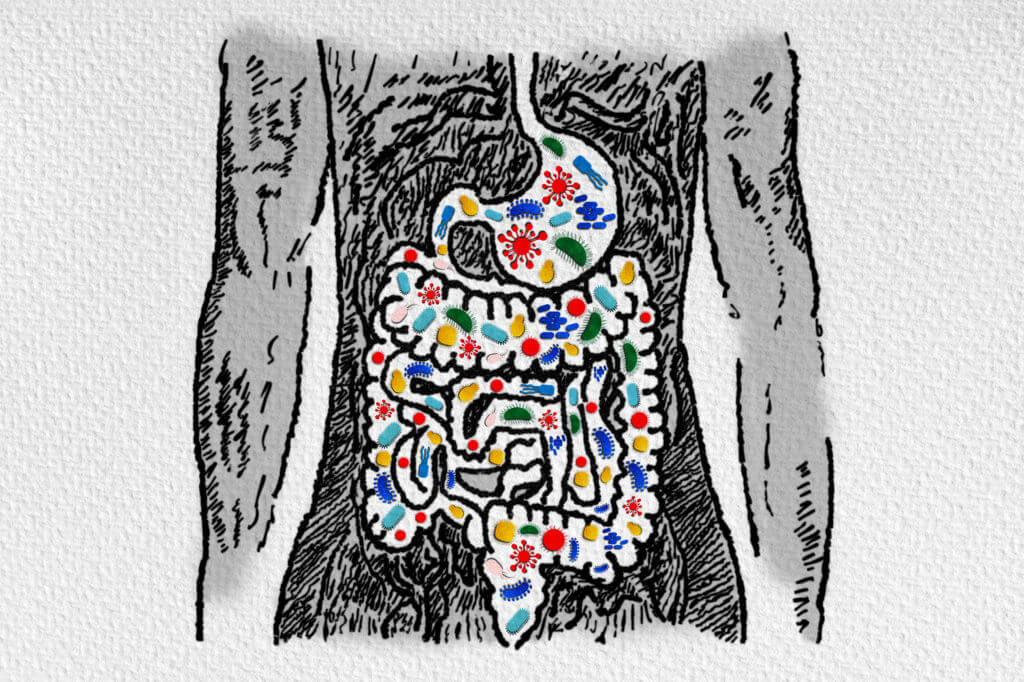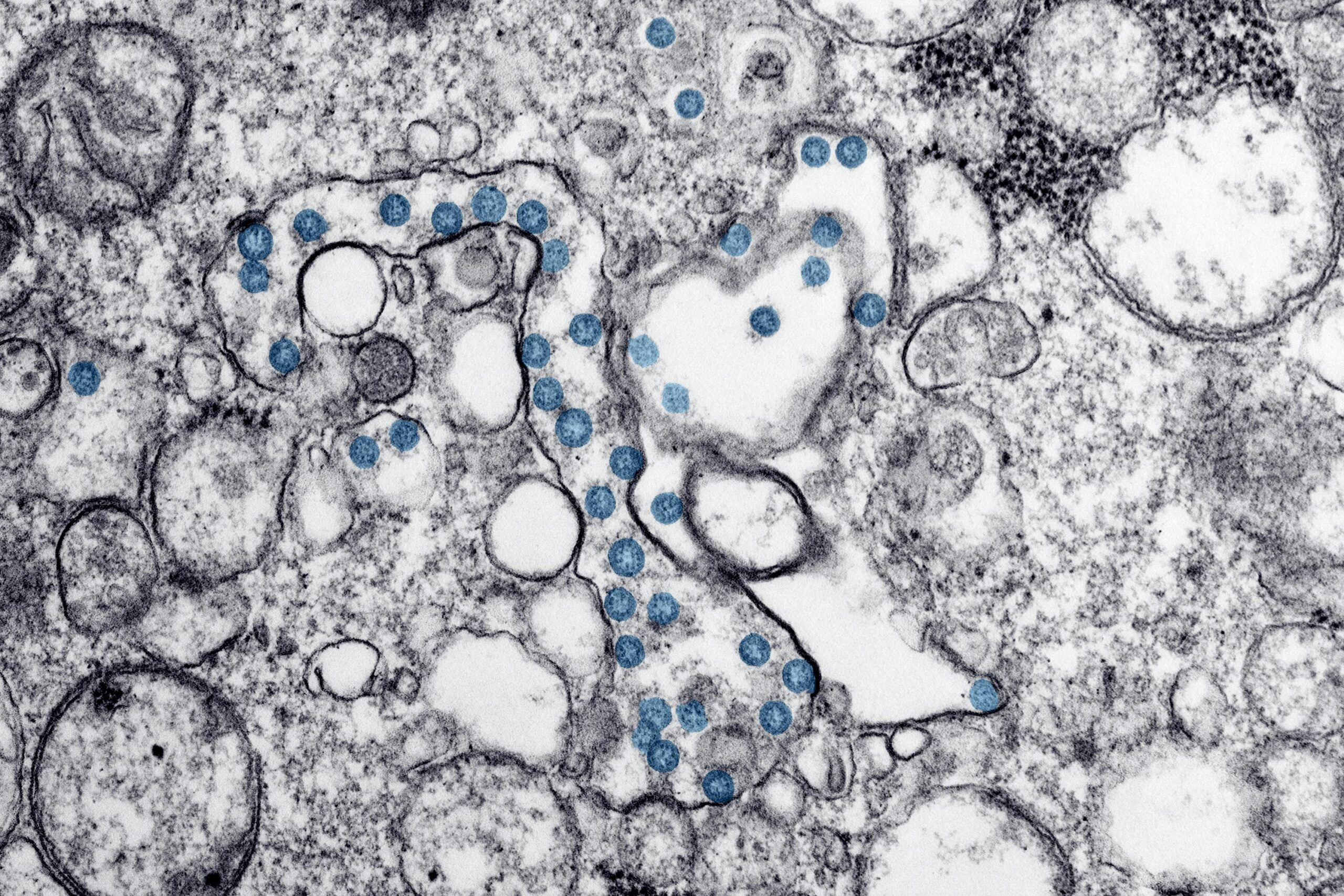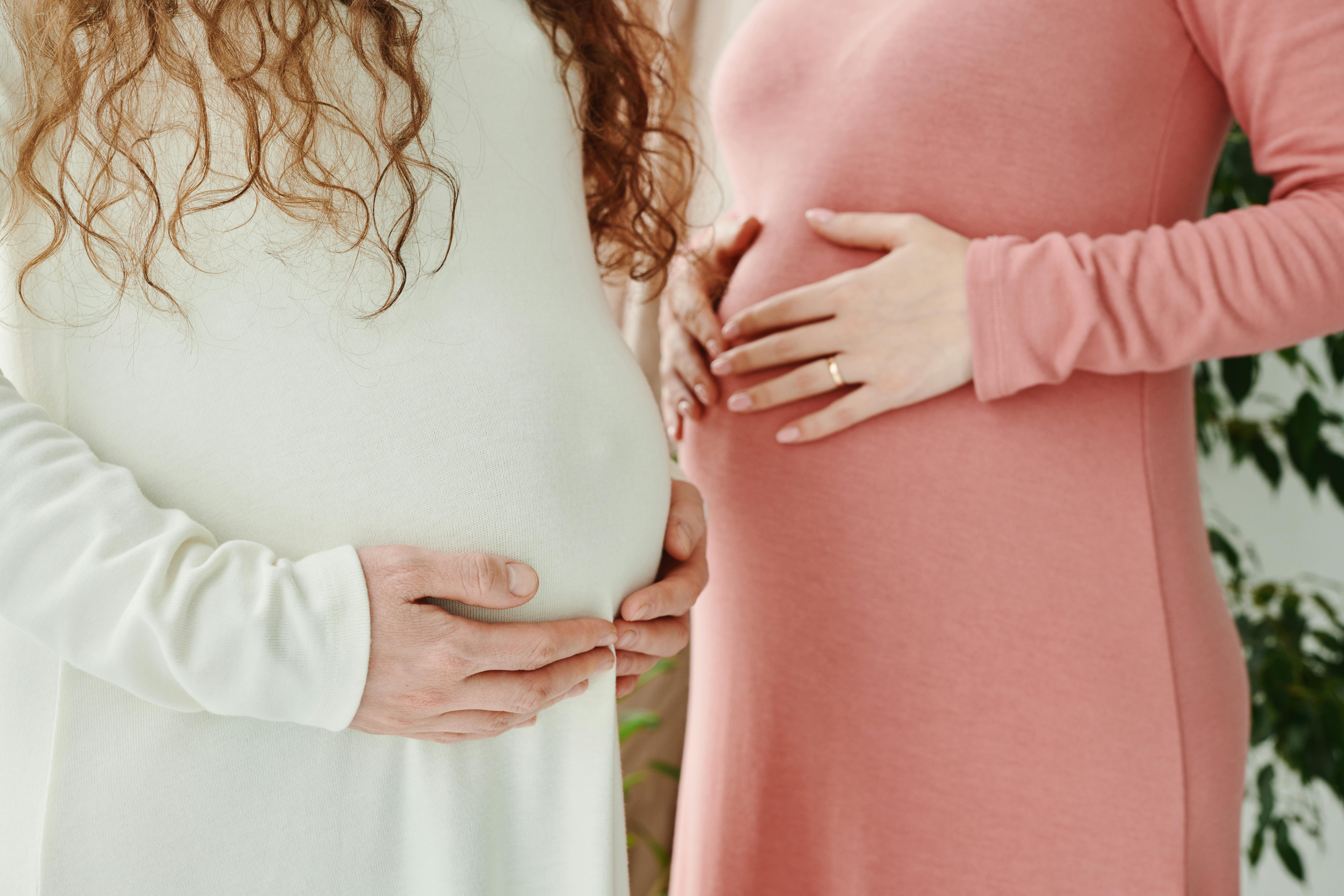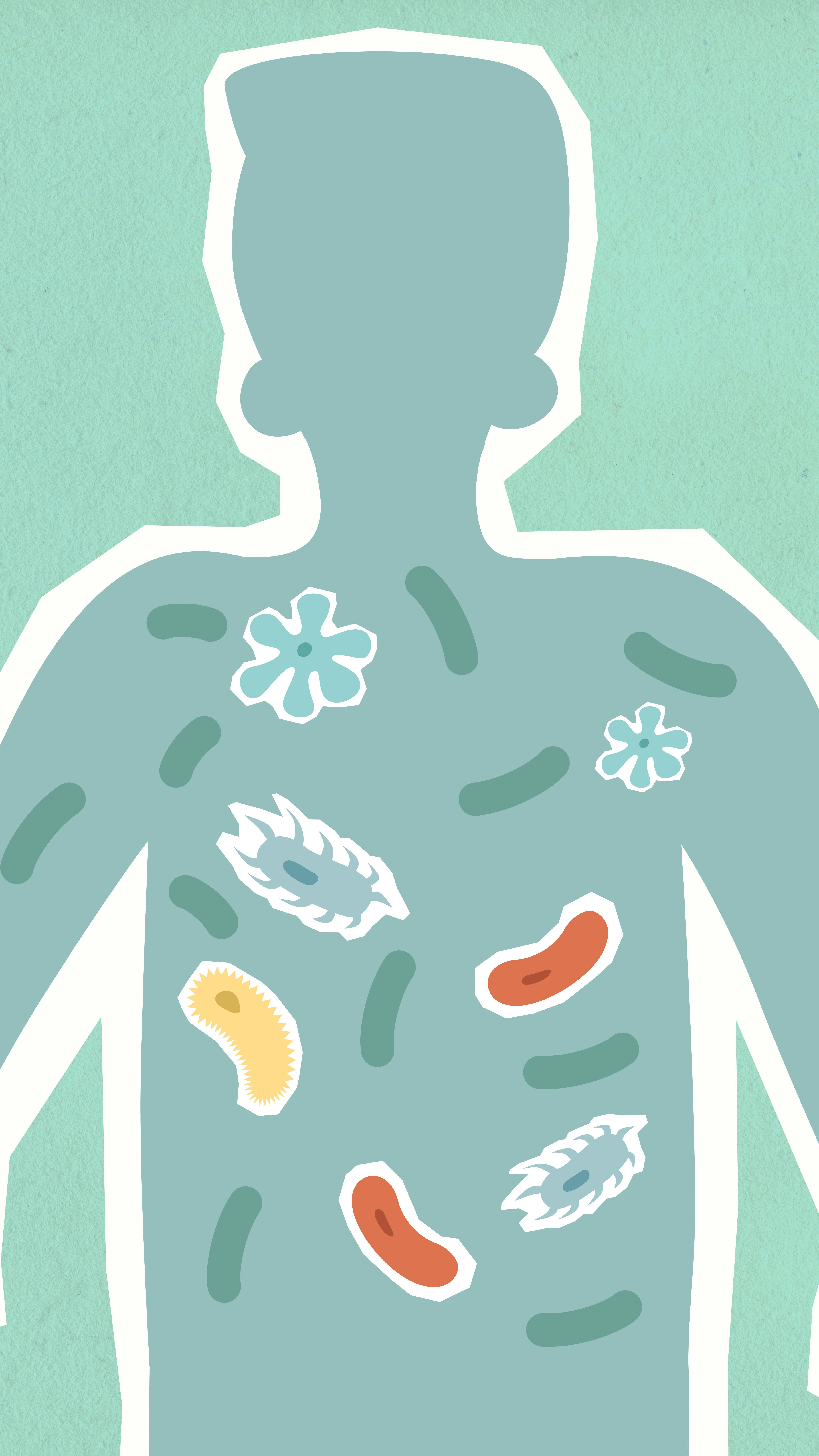Evidence continues to mount supporting the theory gut bacteria is a backbone for various facets of human health. That said, it’s still a long road for scientists to narrow down exact molecular links with some diseases. This may be an issue of the past now that Stanford University researchers have built the most complex synthetic microbiome, creating a community of over 100 bacterial species that were able to be transplanted into mice.
This type of technology allows for adding, removing, and editing individual species that help scientists better analyze the associations between the microbiome and health, and eventually lead to top-of-the-line therapeutic interventions.
“So much of what we know about biology, we wouldn’t know if it weren’t for the ability to manipulate complex biological systems piecewise,” says Michael Fischbach, Institute Scholar at Sarafan ChEM-H and corresponding author on the study.
To build the gut environment, the scientists had to pay special attention to their plan to ensure that their final product was stable and that all species were balanced out appropriately without getting the upper hand over one another. Choosing which species to include in the community was no easy feat, since natural microbiomes differ so much across people. To put it into perspective, two people selected at random ended up sharing less than half of the same microbes.
The team ended up choosing over 100 bacterial strains found in at least 20% of individuals who took part in the NIH’s Human Microbiome Project. They grew the species in individual stocks, then mixed them into one combined culture to make one called human community one (hCom1). They then placed this culture into mice modified to have no bacteria prior.
They found that hCom1 was super stable, with 98% of the species successfully colonizing the gut of the mice, and keep consistent levels for two months after this. To make the colony stronger, the team wanted to ensure that all microbiome functions were carried out by at least one or more species in the lining.
They based this work off colonization resistance, which is a theory suggesting that any bacterium will only survive if it has a purpose that hasn’t been completed already. By introducing a complete gut environment in the form of a human fecal sample to their synthetic colony and tracking new species that popped up, they could build a more versatile community. Over 20 new bacterial species inserted themselves in at least two of their three fecal transplant experiments.
As a final step, the team put their microbiome to use by utilizing their newly-formed community with additional species (named hCom2) and introduced a sample of E. coli. The mice were able to resist infection, similarly to to those with a natural microbiome colony. This was a strong finding, and it confirms the work of previous researchers that have found that a healthy gut supports immune protection.
Study authors agree that hCom2 and future versions will strengthen gut and disease research, and hope that their work reaches the masses. “We built this consortium for the broader research community. We want to get this into as many hands as possible to have an impact on the field,” concludes Fischbach.
This study is published in the journal Cell.











